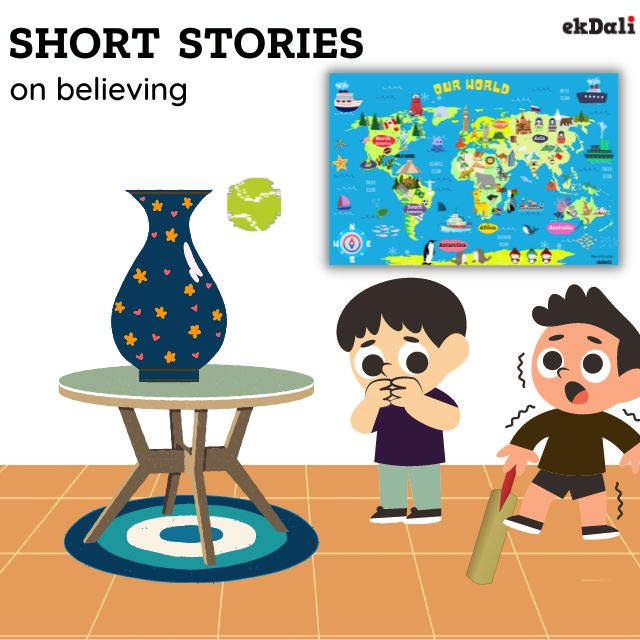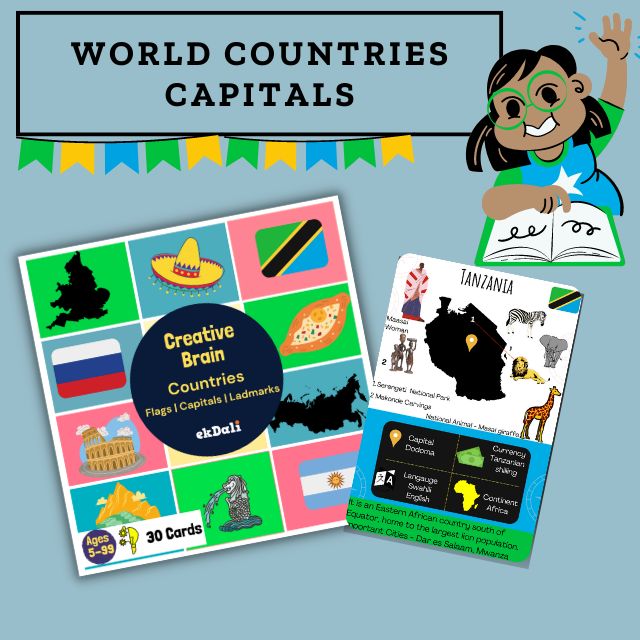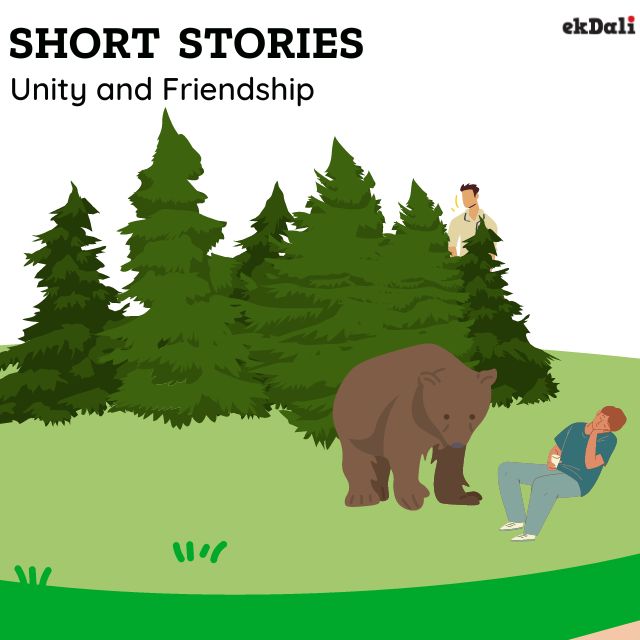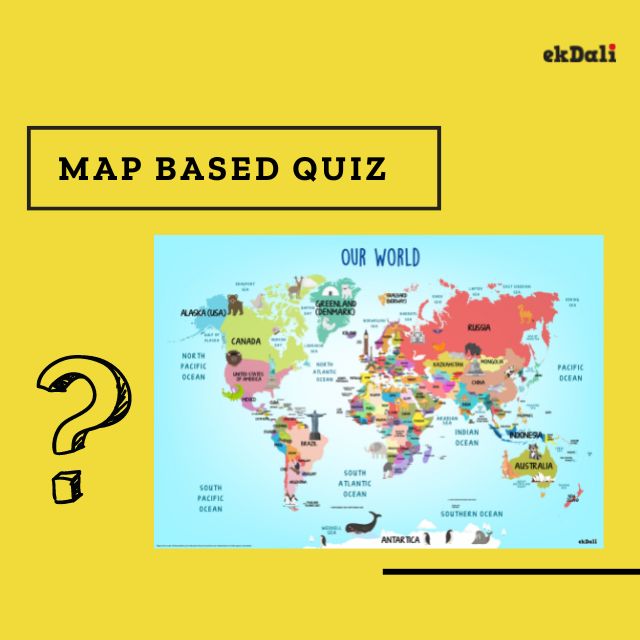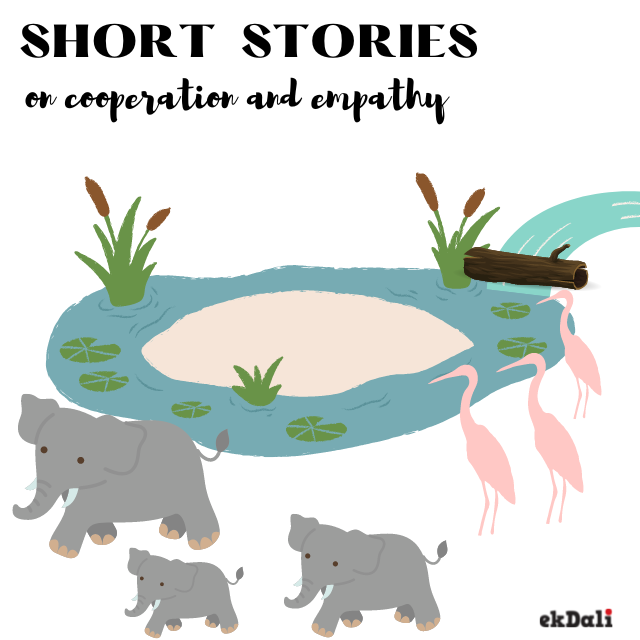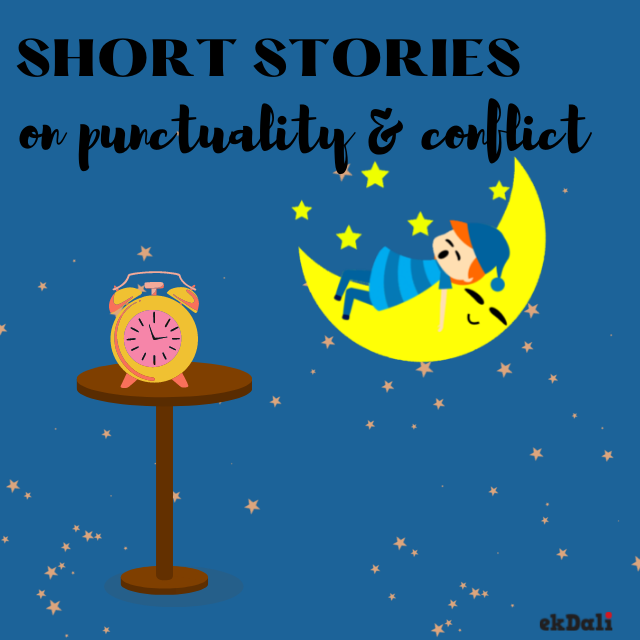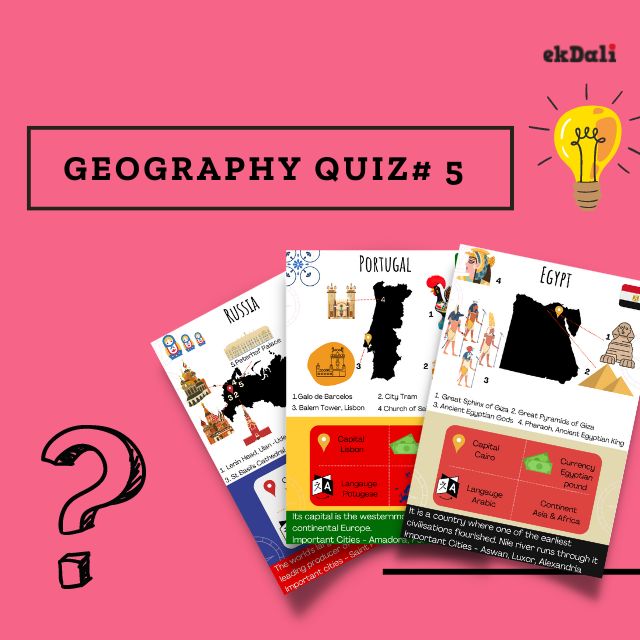WORLD MAP QUIZ Number 5
Quiz is a great way to build conversations with kids. We hope you enjoy this edition our team has put together
Let’s dive into the world of quizzes based on geography. Let’s ponder, let’s learn, and let’s explore the treasure box of questions. Knowledge is wealth, so come let’s become wealthy. Please scroll down to find the answers to the quiz.
- Ocean trenches are steep depressions in the deepest parts of the ocean, where old ocean crust from one tectonic plate is pushed beneath another plate, raising mountains, causing earthquakes, and forming volcanoes on the seafloor and on land. Where is the deepest ocean trench?
- Glowing lights on the shores of the sea? Ever seen such a spectacular sight? What are these shores called? And what is the phenomenon behind it?
- We all know lakes. They are huge water bodies. Spotted lakes are a beautiful sight, formed naturally. Spotted lakes! Are they for real?
- I know the flats where people live. Salt flats! They have a spectacular view indeed. Where is the world’s largest Salt flats to be seen?
- What is a Travertine Terrace? What is the reason behind such a phenomenon? Do you know the world’s biggest travertine terrace? Clue: Turkey
- Fly over Western Australia for a rare visual treat: nestled among dense emerald-green woodlands surrounded by the deep blue of the Southern Ocean are a series of lakes in a shocking shade of bubblegum pink called pink lake. What could be the reason for such a vibrant color of the lake?
- We know about tooth fairies. Do you know about fairy circles? Why are they formed? They are found in one of the African countries and in the biggest island. Hope the clue will be helpful.
- Travelers flock to the Indonesian island of Java to see a stunning turquoise-hued caldera lake at the volcano’s summit. What is the lake called? And what’s the reason for the such a stunning color?
- Ever wanted to visit a Rainbow River? Or River of five colors? Both are same. What a colourful scenic beauty it would be. Where would it be?
- Heard about forest of knives? Where is it? What’s the reason for such a formation?
- A desert in South America flowers every 3 to 5 years. What could have caused such a strange phenomenon? Name the country, where such a desert is found.
- Which is the world’s largest known deep-water coral reef?
- Which is the largest island of Antarctica?
- Mai Khao Beach is located in which country? Hint: This beach has groves of Casuarina trees along its shores.
- Which landforms is also called as ‘Corrie’? Where are such landforms found?
- What are stream pools formed by the action of waterfalls called? What are some of the best examples of such pools?
- Which among the following landforms is also known as sugar loaves? Arete, Badlands, Butte, or Bornhardt?
- Which among the following is an erosion landform of a desert? Cave, Cuesta, or Erg?
- Which is the archipelago that comprises the islands of Canadian continent?
- Which of the following is a black sand beach in India?
a) Tithal beach
b) Varca Beach
c) Varkala Beach
Before we move to the answers do take a look at some of our products related to geography and maps
World Countries Flashcards for kids
ANSWERS FOR WORLD MAP QUIZ EDITION 5
- The Mariana Trench or Marianas Trench is located in the western Pacific Ocean about 200 kilometers (124 mi) east of the Mariana Islands; it is the deepest oceanic trench on Earth. It is crescent-shaped and measures about 2,550 km (1,580 mi) in length and 69 km (43 mi) in width.
- They are called Bioluminescent shores. The biological light is produced by marine organisms called phytoplankton, which creates a glowing and twinkling effect in the water. The Phytoplankton often use bioluminescence as a defense mechanism to lure animals that feed on them. Bioluminescence occurs in many shores around the world.
- The Kiluk lake, which is formed in the shape of a spotted leopard pattern, is located in Canada’s Okanagan Valley. It is one of the remarkable wonders of the world and calls “the most magical place in Canada”. It initially looks like other lakes, but in the summer months when most of the water evaporates, hundreds of abundant salty pools remain. It contains different minerals in yellow and blue colors. Minimal life survives due to the extremely salty condition of the lake.
- The Bolivian salt flats called Salar de Uyuni are the biggest in the world and also one of the most stunning, surreal natural landscapes in the globe. Stretching more than 4,050 square miles of the Altiplano, it is the world's largest salt flat, left behind by prehistoric lakes that evaporated long ago.
- The hot springs at Pamukkale, Turkey, have produced the world's largest deposit of travertine. The hot springs and thermal pools at Pamukkale, Turkey, have been a spiritual, cultural, and recreational destination for thousands of years. Travertine is a type of limestone commonly deposited by mineral springs through a process of rapid precipitation of carbonate minerals. It often settles in a stepped, terraced formation when the water of a mineral spring cascades down a hill or cliff.
- Lake Hillier, on Middle Island in Western Australia. Studies of pink salt lakes had found the salt-loving algae called Dunaliella salina in the water. The algae contain a pigment called beta carotene also present in carrots which has long been thought to be what gives pink lakes their colour.
- Fairy circles are notably found in the Namibian grasslands and northwestern Australia. Millions of circular patches of land void of plants, each between 2m and 15m in diameter, arranged in a honeycomb-like pattern across 2,500km of land. These disks of bare soil, known as fairy circles, pockmark the landscape in Namibia, as if giant moths ate through the vast carpets of grassland. One theory contends the circles are caused by termites feasting on roots, while the other suggests the grasses self-organize to maximize water availability.
- The magnificent Kawah Ijen lake. One element is responsible for the entire, striking scene: Sulphur. The magma chamber below the volcano pours sulphuric gases into the lake. Combined with a high concentration of dissolved metals, the gases turn the water a brilliant shade of blue.
- The Cano Cristales River of Colombia is one of the country's most amazing natural places and arguably its most unique adventure travel destination. The river mesmerizes with amazing colors: vivacious yellow, green, blue, black and red shades quiver from the bottom. The colors are produced during the reproductive process of the aquatic plants in the river, which are called Macarenia clavigera.
- Forest of knives, Madagascar. The formation of these unusual rocks actually began some 200 million years ago when layers of calcite accumulated at the bottom of a Jurassic lagoon, forming a thick limestone bed. It is believed that the ground water from heavy rainfall entered the porous limestones and eventually caves and tunnels were created.
- Chile’s Atacama Desert. The Atacama is the most arid desert in the world outside the polar regions. The Atacama bloom rises to its glory after the heavy rains in the southern hemisphere's winter Now, though, the desert is glowing a dazzling pink, after heavy rainfall allowed thousands of mallow flowers to bloom.
- The Rost Reef is a deep-water coral reef off the coast of the Lofoten islands in Nordland county, Norway.
- Alexander Island is the largest island of Antarctica. It is the second largest island which is uninhabited in the world after Devon Island. It covers an area of 49,070 square km.
- Mai Khao Beach is located in Thailand, on the northwestern side of Phuket. This beach is also known as Sanambin Beach. It is a long sandy beach having groves of Casuarina trees along its shores.
- Cirque is a type of glacial erosional landform. It is also known as a corrie. A corrie is a horseshoe-shaped valley which is formed through erosion by ice or glaciers. Corries are north-facing, away from the sun which stops the ice from melting. As snow and ice build-up, the underlying rock is eroded. Corrie are found in Northern Iceland, Sweden and England.
- Plunge pools are stream pools formed by the action of waterfalls. They are relatively deep depending on the velocity and volume of water. Niagara Falls, USA, Yosemite falls, California.
- Bornhardt is a dome shaped steep sided landform commonly found in semi-arid and arid regions. They are also known as Sugar loaves. They are usually made up of granites, but can sometimes be found in other rock types like limestone, sandstone and conglomerate. They are named after Wilhelm Bornhardt (1864–1946), the German geologist who first described the feature.
- Erg is a flat and a broad area of the desert covered with wind swept sand with little or no vegetation. It is an erosion landform of the desert.
- The Arctic Archipelago is also known as the Canadian Arctic Archipelago and it comprises all the islands to the north of The Canadian continental mainland excluding Greenland.
- Tithal Beach is a black sand beach. It is situated in Valsad district of Gujarat. It lies on the coast
Who is the Quiz Master for World Map based Quiz Edition 5?
Saffura is a mother of three. She is a yoga instructor and has spent a lot of time teaching yoga for children. She narrates numerous stories to inculcate moral values in children, as she is certain that yoga is for the body and soul. As a mother and yoga instructor, She enjoys new tasks and likes multitasking. She truly believes that will mould her into a strong writer. As a writer she does a lot of research and pays keen attention to details.












